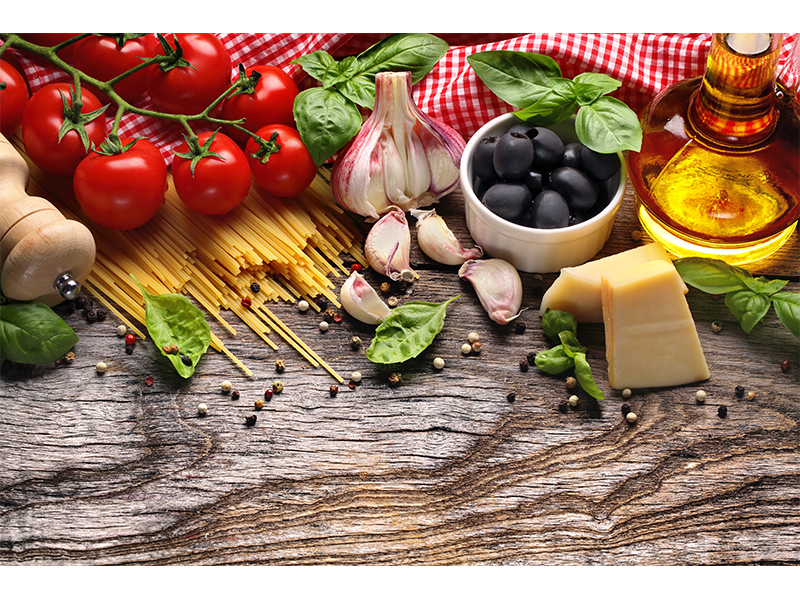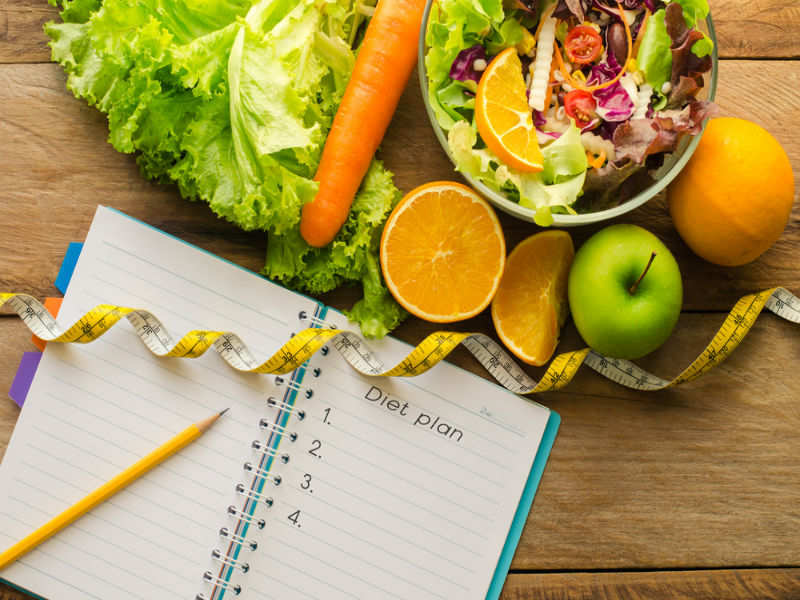As a beginner in the world of healthy eating, building a balanced diet can seem overwhelming. With so much information out there, it can be difficult to know where to start. However, with a few simple guidelines, it is possible to create a healthy and balanced diet that will help you feel your best.

The first step to building a balanced diet is to focus on whole, unprocessed foods. This means choosing fruits and vegetables, whole grains, lean proteins, and healthy fats over processed and packaged foods. These foods provide your body with the essential nutrients it needs to function properly and help to keep you feeling full and satisfied.
One of the best ways to ensure that you are getting a variety of nutrients is to eat a rainbow of fruits and vegetables. Not only do different colors indicate different nutrients, but by including a wide range of colors in your diet, you can ensure that you are getting a good mix of vitamins, minerals, and antioxidants.
In addition to fruits and vegetables, whole grains should also be a staple in your diet. These include foods such as brown rice, quinoa, and whole grain bread and pasta. These foods are high in fiber, which helps to keep you feeling full, and they also provide your body with important vitamins and minerals.
When it comes to protein, it is important to choose lean sources such as chicken, fish, and tofu. These foods provide your body with the building blocks it needs to repair and maintain muscle tissue, and they can also help to keep you feeling full and satisfied.
Finally, don’t be afraid of healthy fats. Foods such as nuts, seeds, avocado, and olive oil provide your body with important nutrients and can help to keep you feeling full and satisfied. Just be mindful of portion sizes, as these foods are higher in calories than other types of foods.
In addition to focusing on whole, unprocessed foods, it is also important to pay attention to portion sizes. Even healthy foods can contribute to weight gain if they are eaten in excess. A general rule of thumb is to fill half of your plate with fruits and vegetables, one quarter with lean protein, and one quarter with whole grains.
Eating a balanced diet doesn’t mean that you have to completely give up your favorite foods. Instead, focus on making healthier choices most of the time and enjoying treats in moderation. By following these simple guidelines, you can build a healthy and balanced diet that will help you feel your best.


